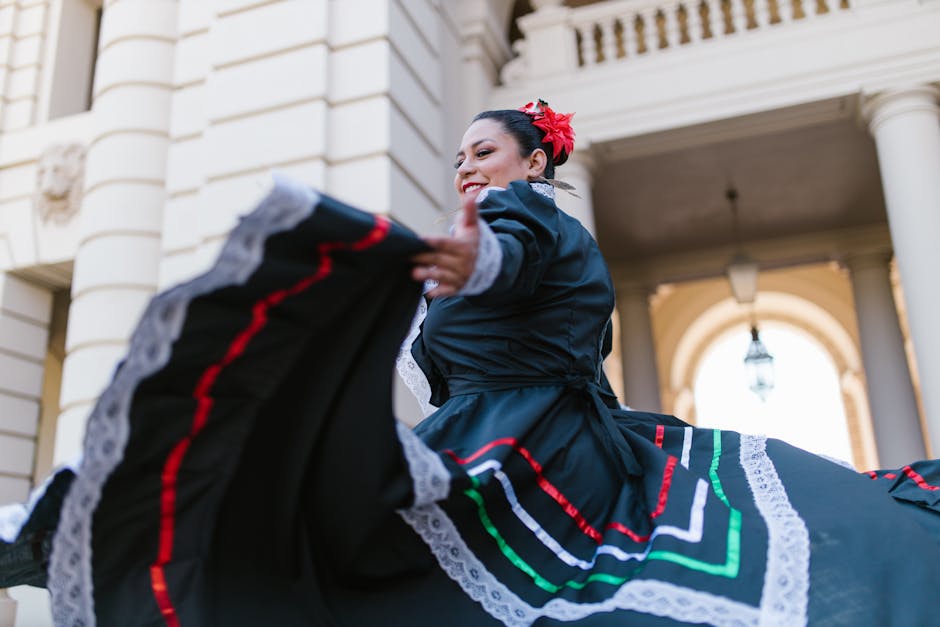
Latin American Music and Dance: A Vibrant Cultural Journey
Introduction to Latin American Music and Dance
Latin American music and dance are an integral part of the region's vibrant cultural identity. These art forms reflect the diverse history, influences, and traditions from countries across Central and South America, as well as the Caribbean.
Popular Genres and Their Origins
Salsa
Salsa originated in Cuba and Puerto Rico and has become a global phenomenon. Its energetic rhythms and lively movements make it a favorite for dance enthusiasts worldwide.
Tango
The passionate tango grew out of the neighborhoods of Buenos Aires, Argentina. Known for its dramatic style, tango combines evocative music with intricate dance steps.
Samba
Samba is deeply associated with Brazil and its lively Carnaval celebrations. Its infectious rhythm is characterized by rhythmic percussion and dance moves that energize crowds.
The Cultural Significance of Music and Dance
Music and dance serve as powerful tools for storytelling and community bonding in Latin American societies. They celebrate important life events, historical battles, and social protests, making them vital to cultural preservation.
Learning and Participating
Many travelers and enthusiasts often seek to experience Latin American music and dance firsthand. Whether through local dance classes or attending festivals, participating offers a deeper appreciation for their cultural roots.
Conclusion
Latin American music and dance are more than just entertainment; they are expressions of history, identity, and community. Exploring these art forms provides a window into the soul of Latin America and its diverse peoples.
